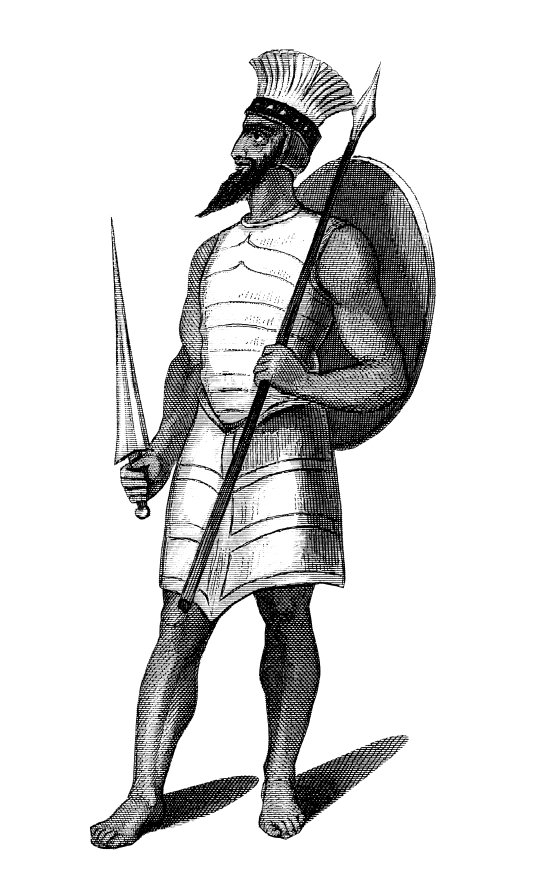Exploring the Origin of the Term “Philistine”
by Caitlin Yoshiko Kandil
It’s a story almost everyone is familiar with: a young shepherd boy defeats a giant warrior using only a slingshot and his wits. The biblical tale of David and Goliath, where the giant is often referred to as the Philistine, portrays the Philistines as the adversaries of the Israelites. This enmity is evident in various biblical accounts of conflicts between the two groups, including the famous showdown between David and Goliath.
Despite being depicted as foes in the Bible, little is known about the Philistines and their origins. Historically, they were believed to be seafaring raiders who migrated to southern Canaan around the 12th century BCE. The biblical narrative is said to be based on factual animosity between the Philistines and the Israelites, stemming from territorial disputes and clashes along their borders.
Recent DNA testing of ancient and modern pigs has provided insights into the cultural differences between the Philistines and the Israelites. The presence of pigs among the Philistines, who consumed pork, contrasted with Jewish dietary laws, potentially deepening the divide between the two groups.
While the Philistine identity eventually faded away by the 9th century BCE, the name persisted through the Roman Empire’s influence, leading to the term “Palestine.” Today, the term “Philistine” has evolved to denote someone who is materialistic and dismissive of intellectual or artistic values.
Archaeological findings suggest that the Philistines were not as different from the Israelites as portrayed in biblical accounts. Their advanced material culture, including sophisticated architecture and ceramics, challenges the notion of the Philistines being uncultured or unsophisticated.

